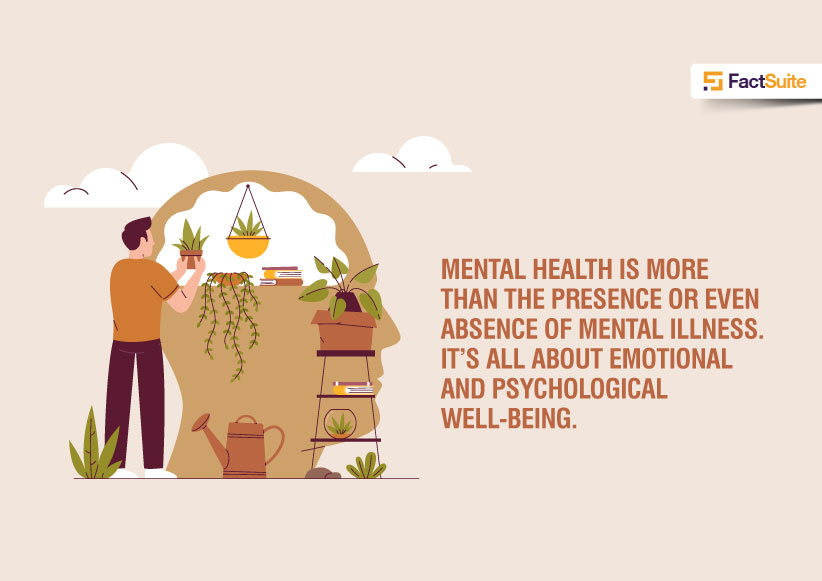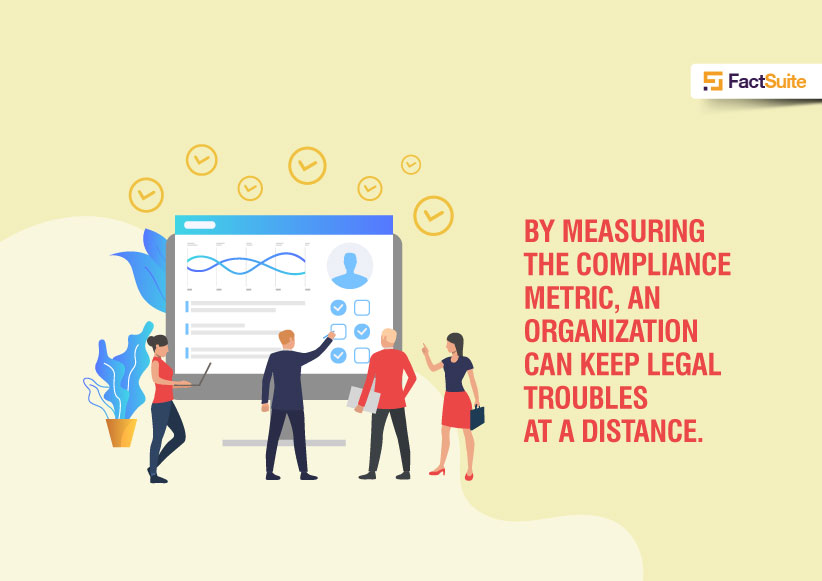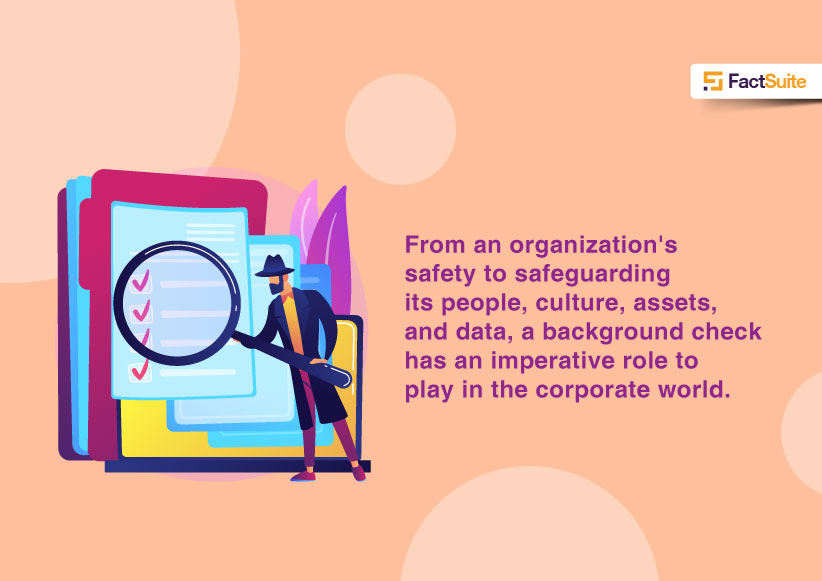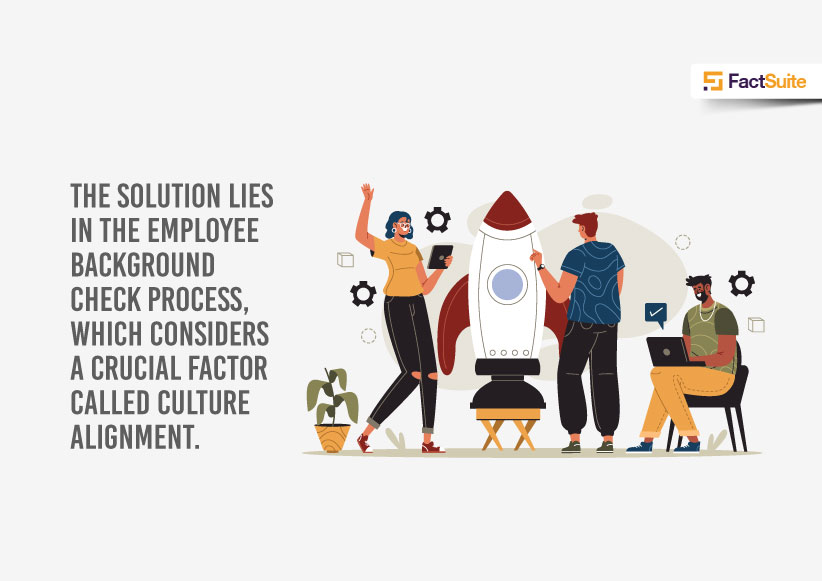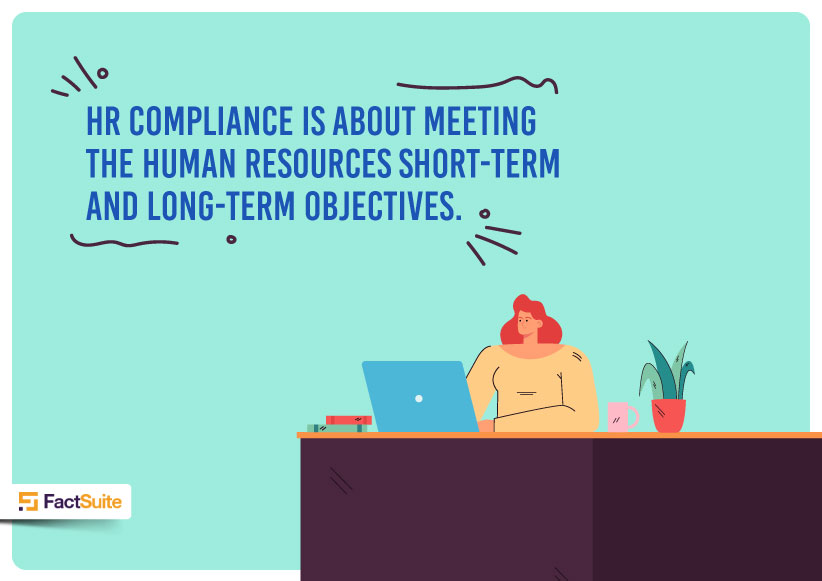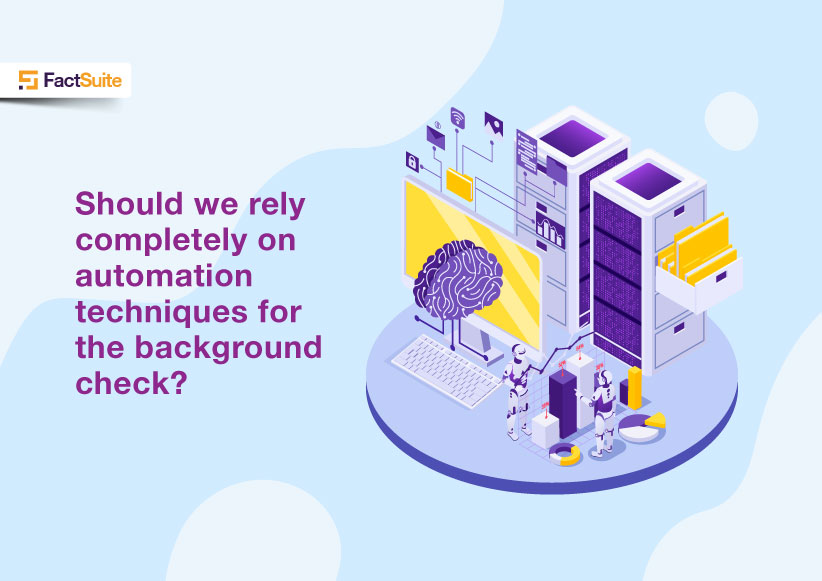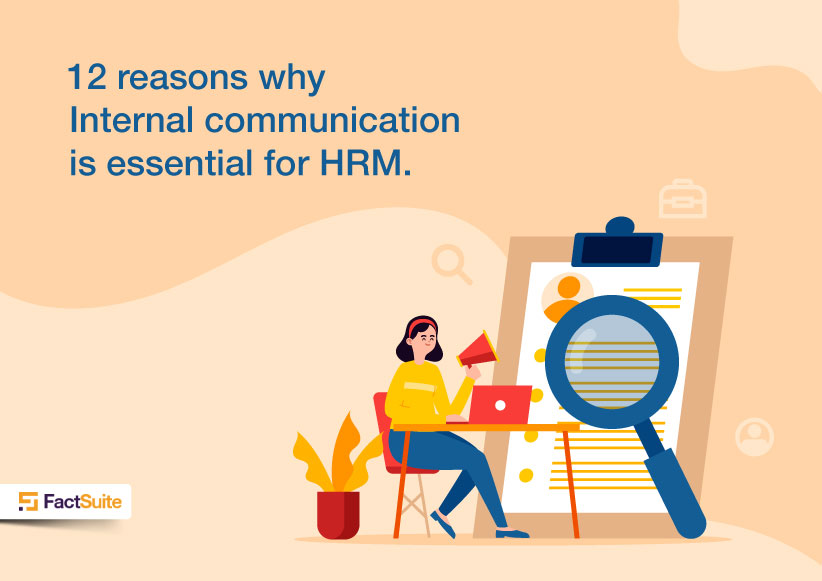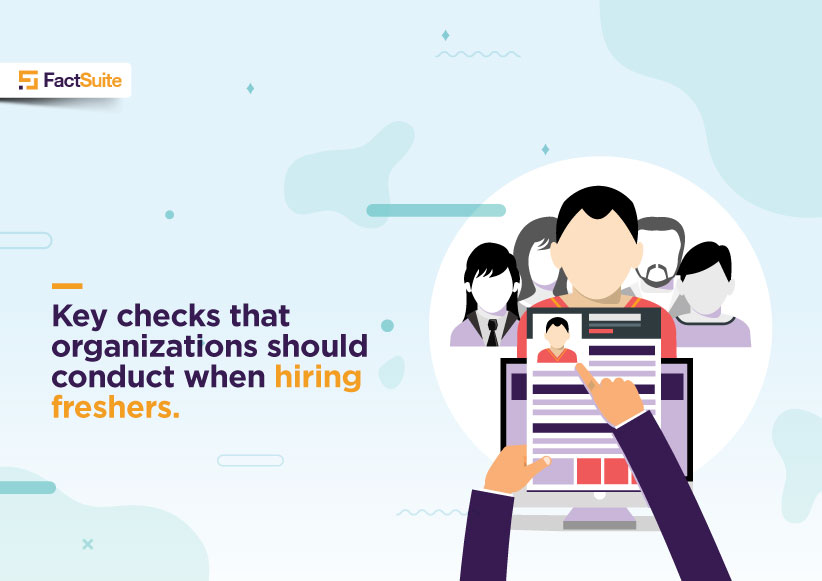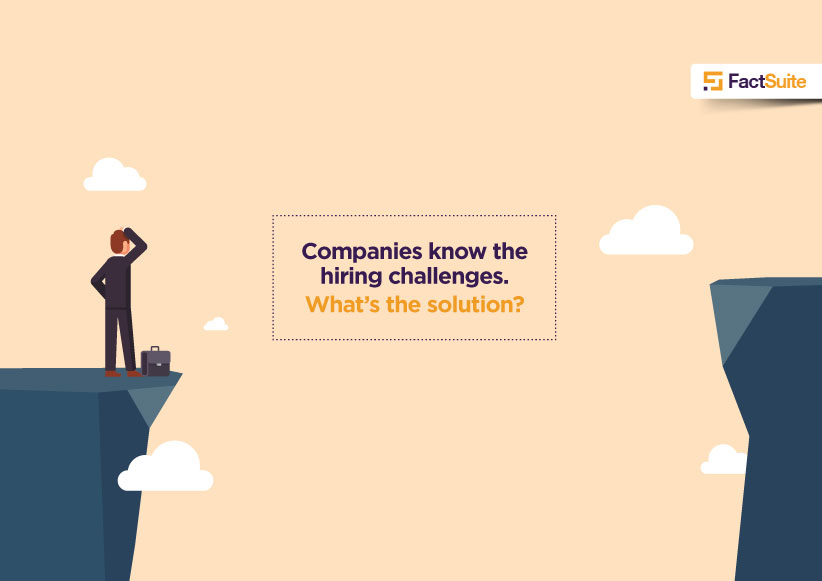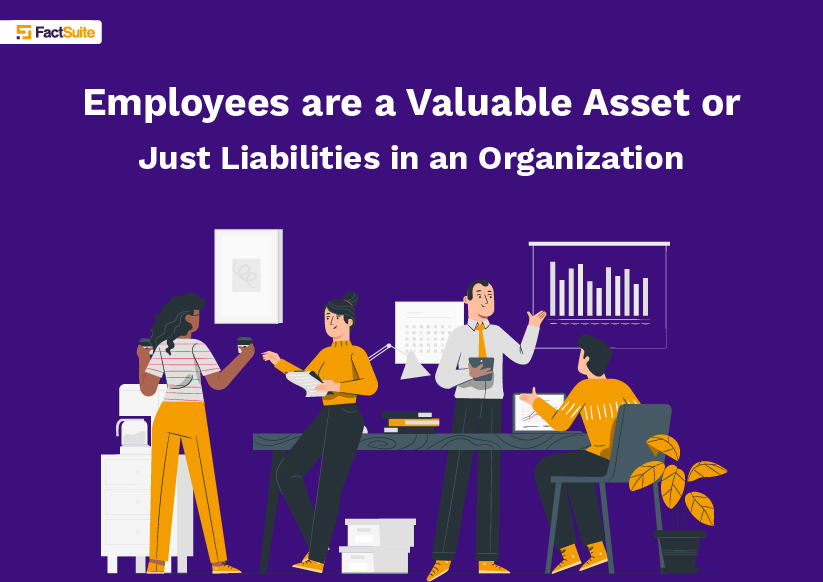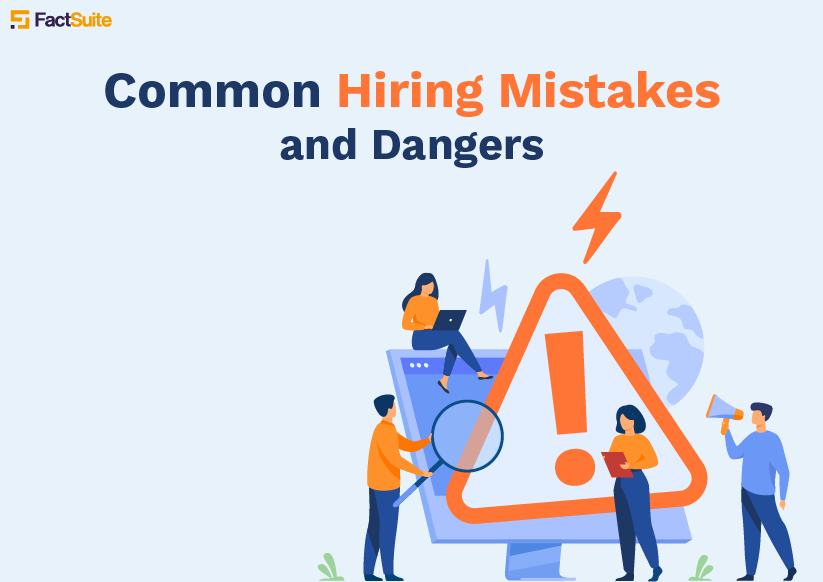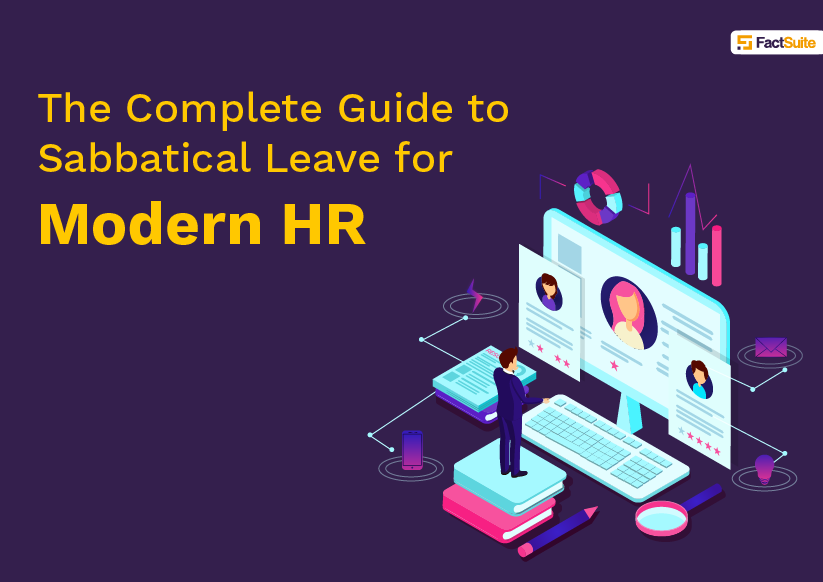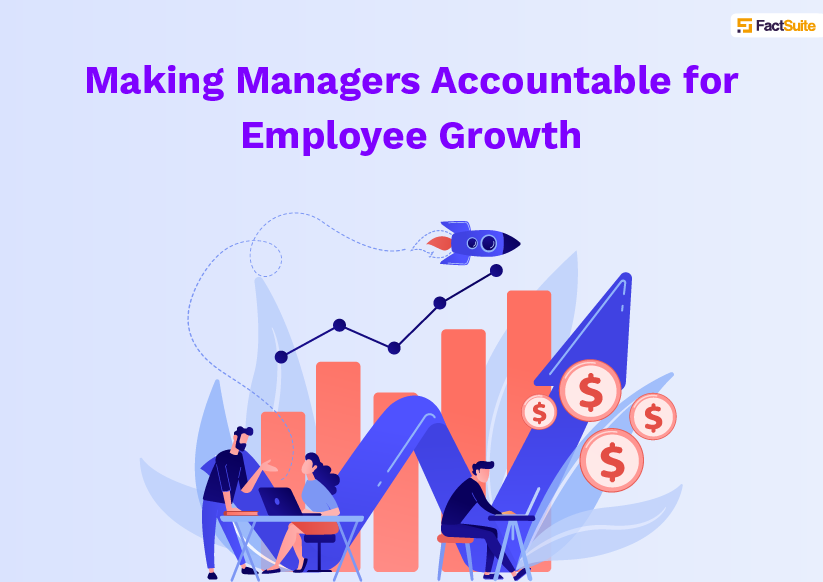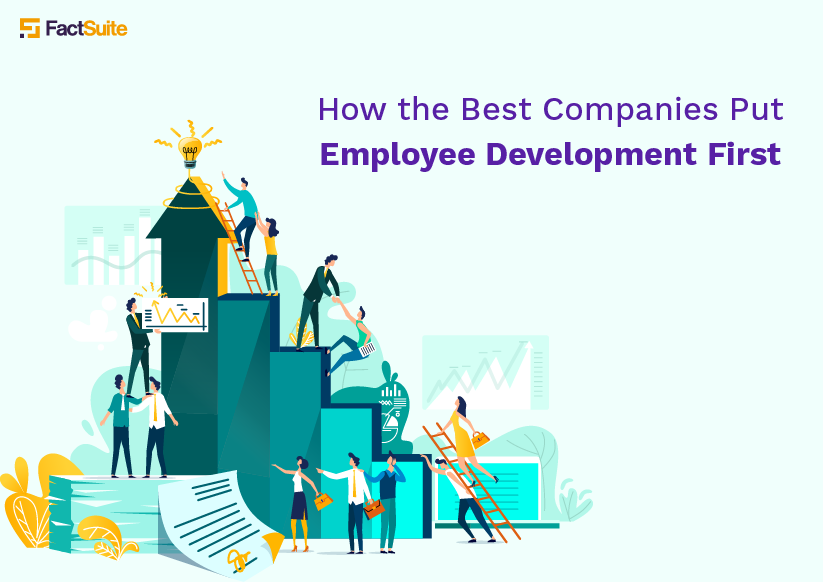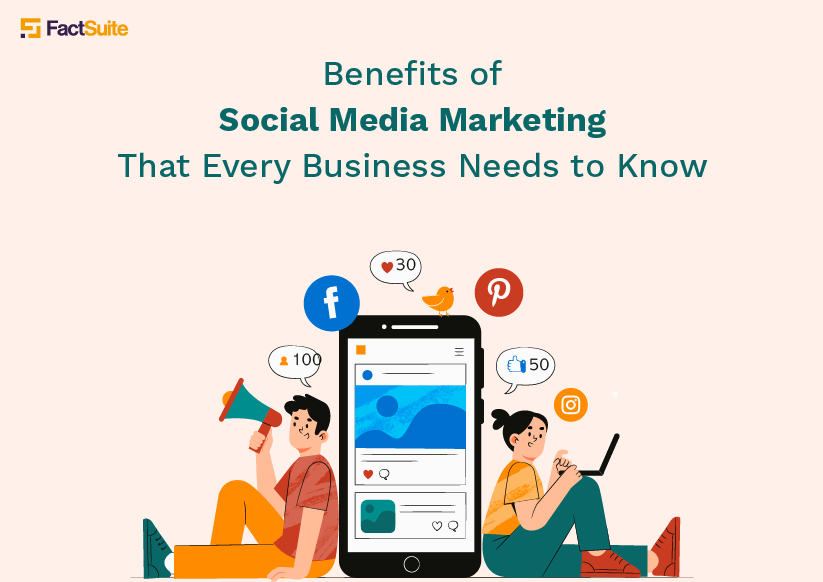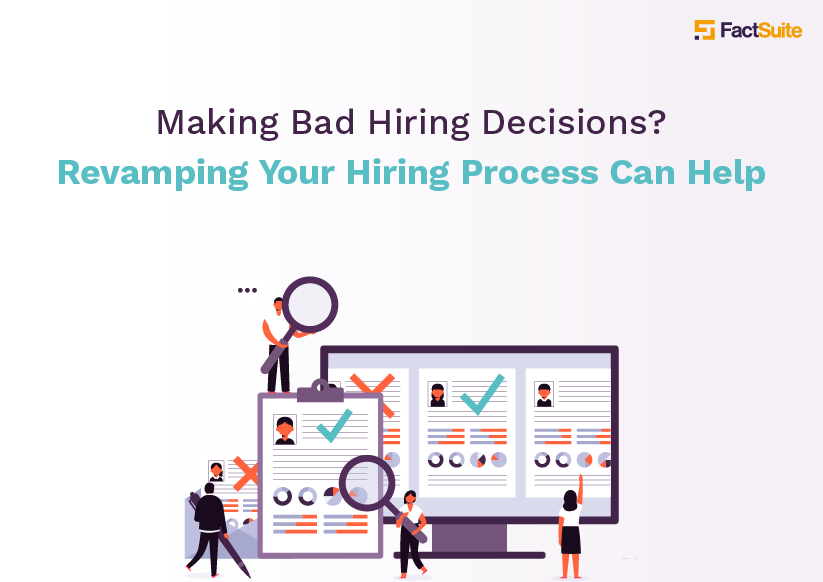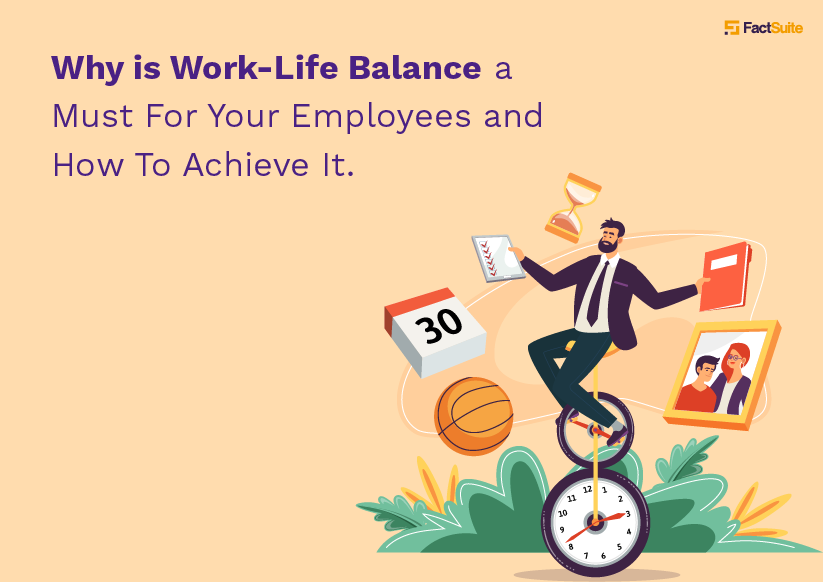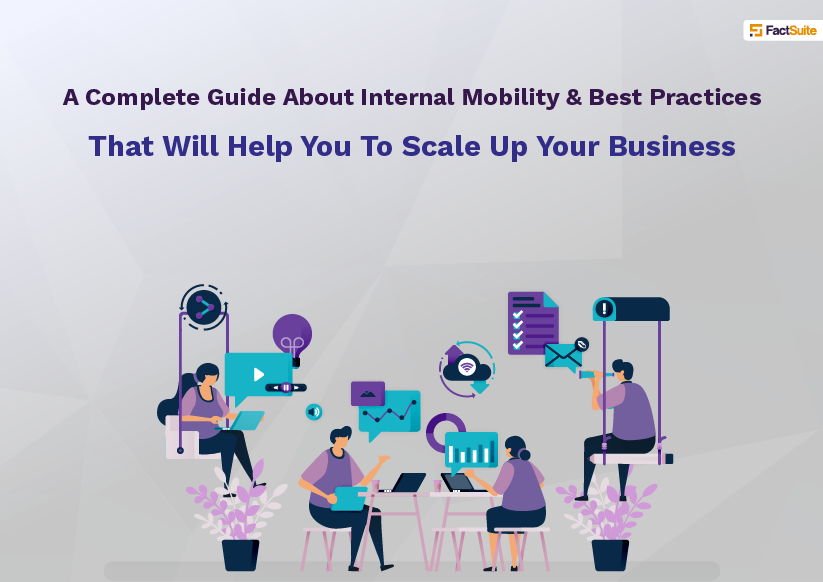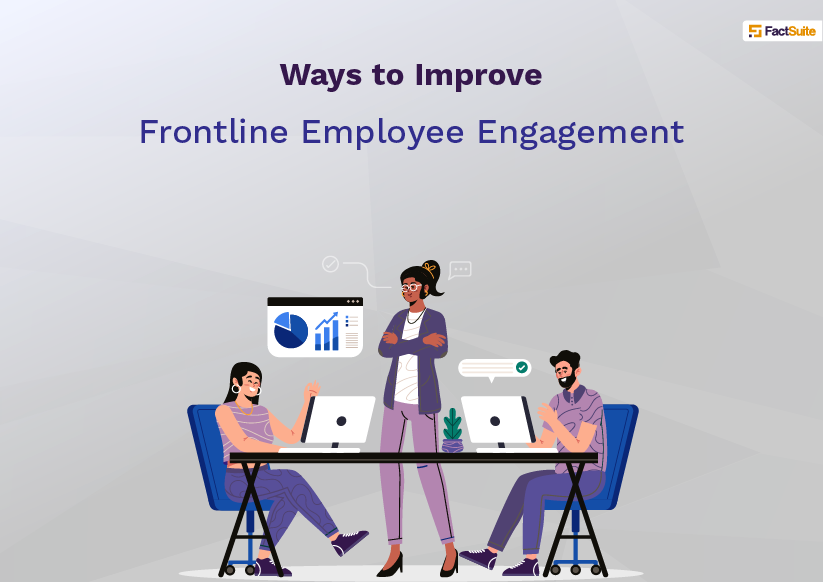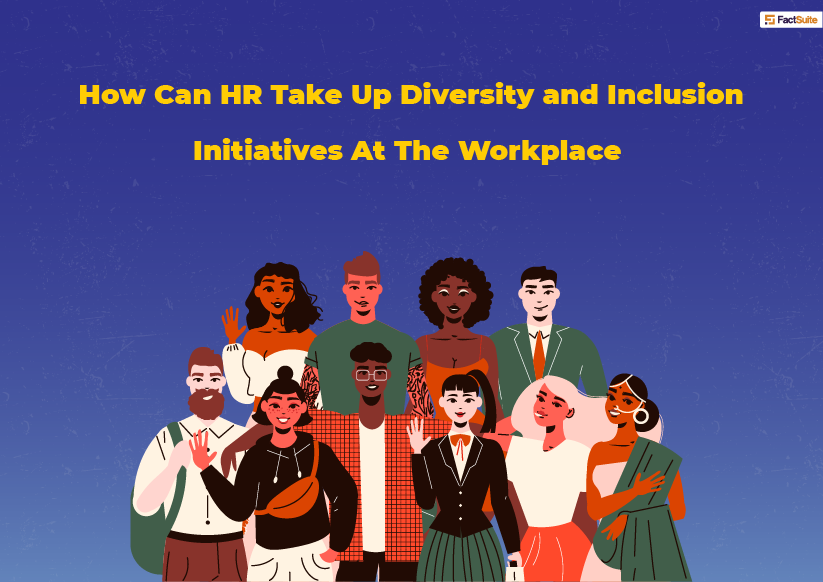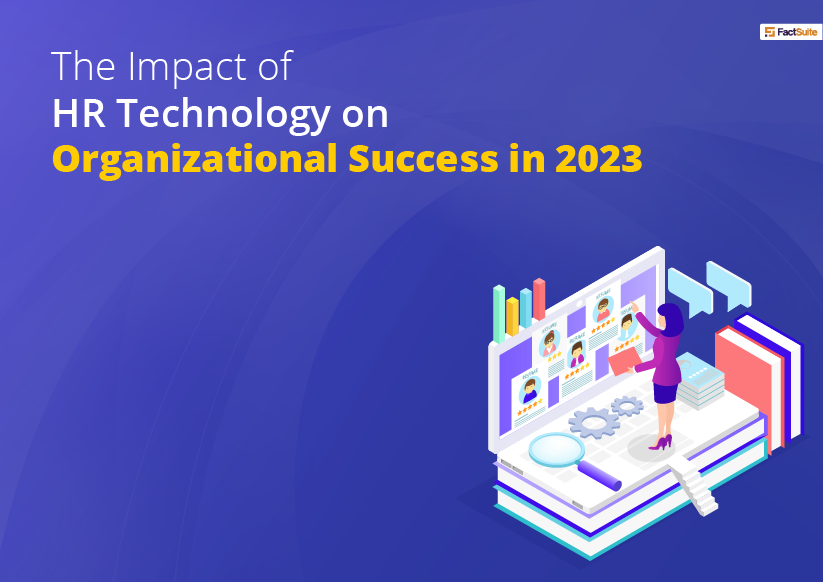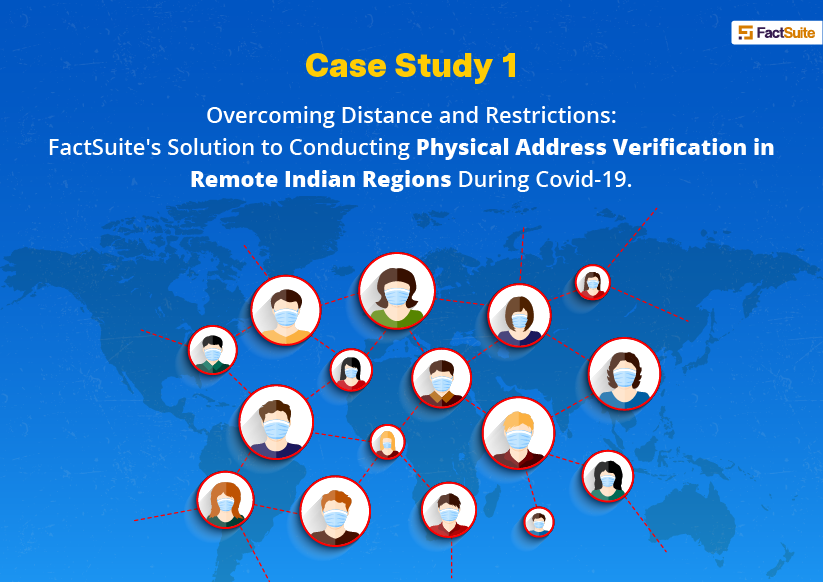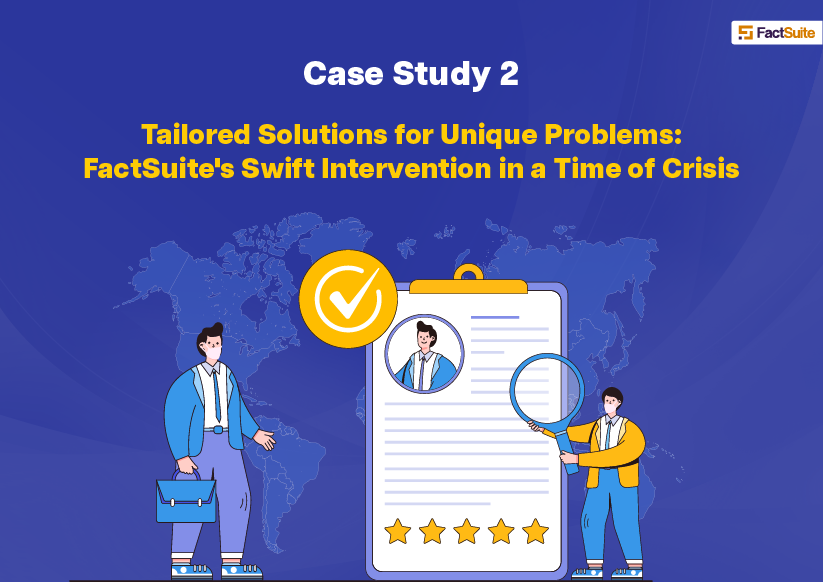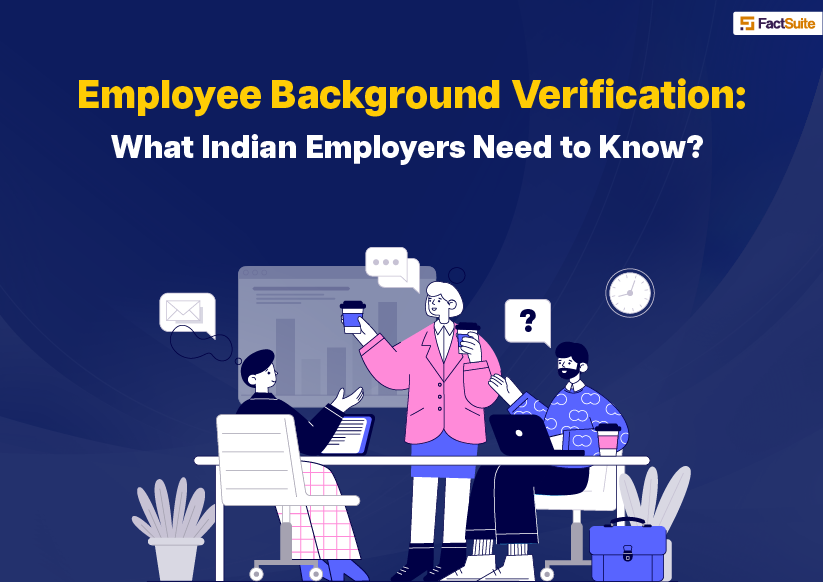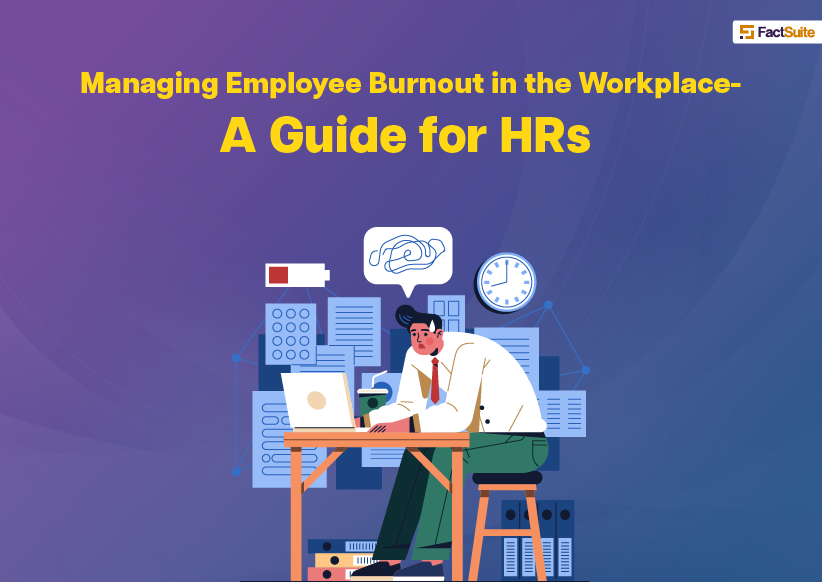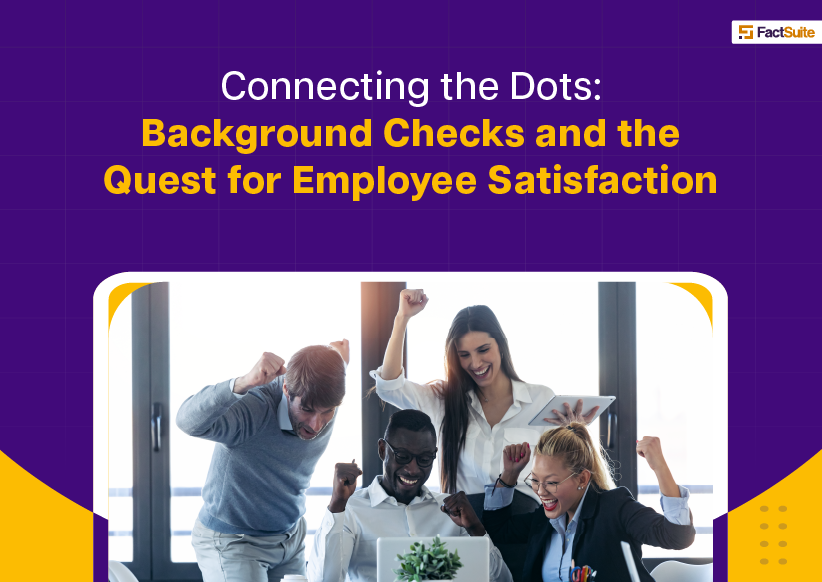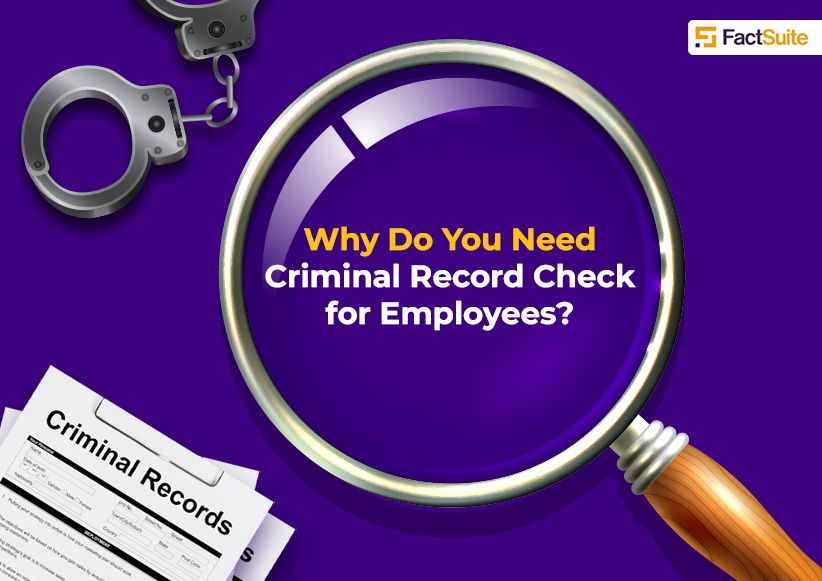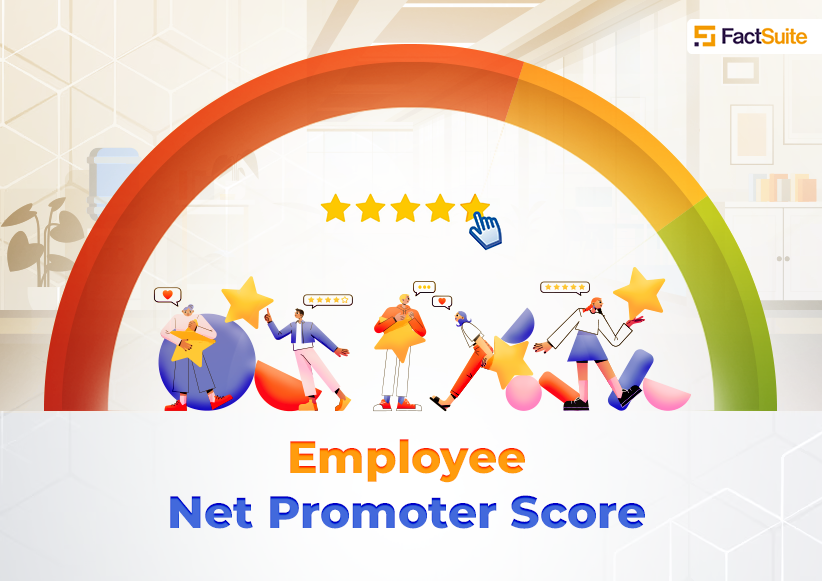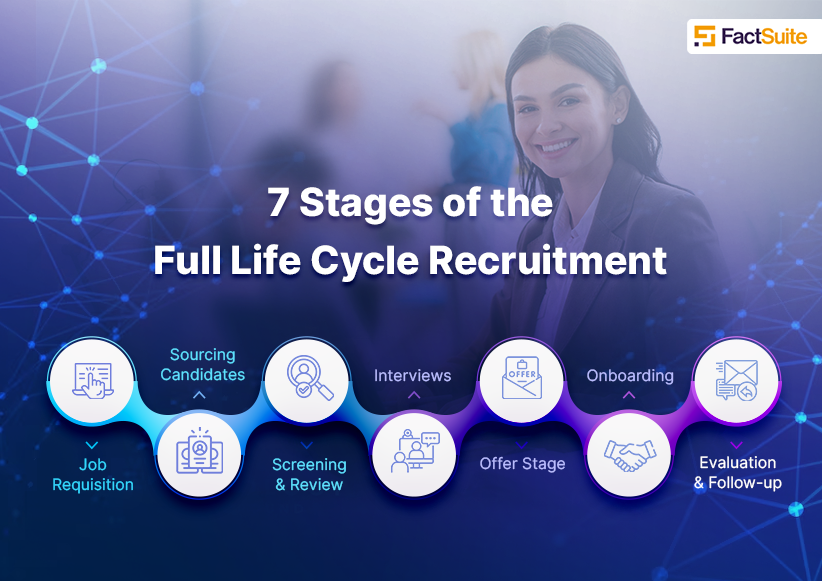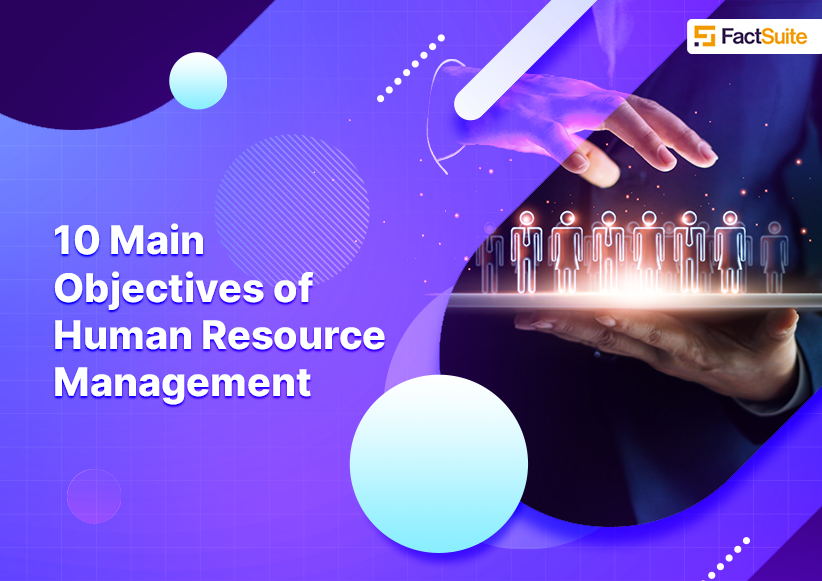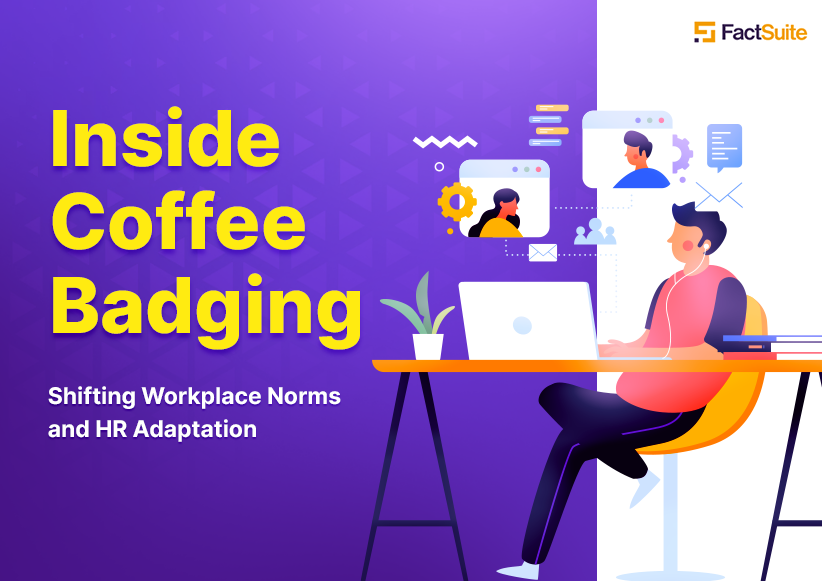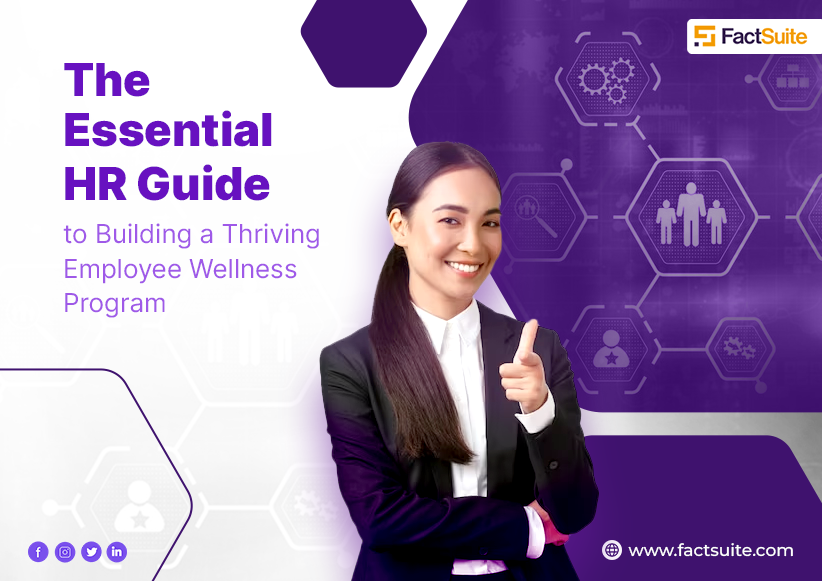How Can HR Support Genuine Employee Well-Being?
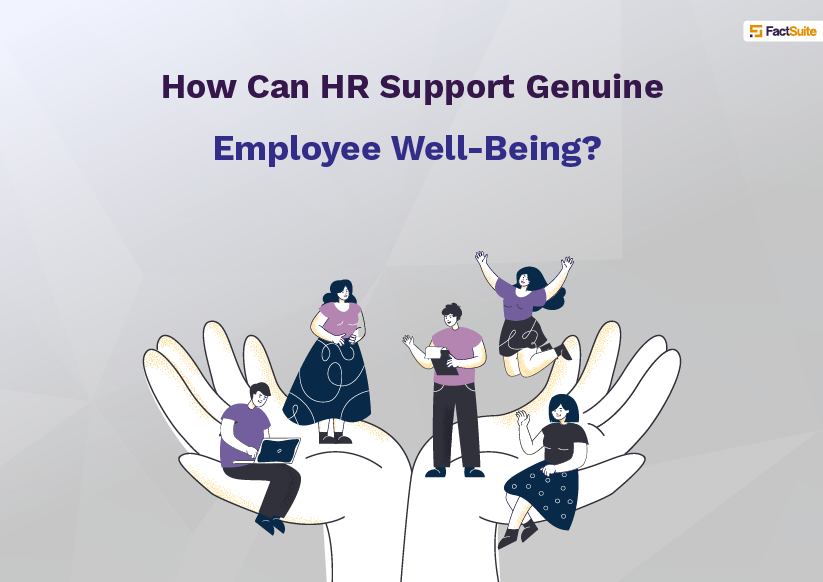
After a pandemic or remote working blurs the line between work and life; therefore, HR leaders prioritize employee well–being and mental health. The purpose is to nurture employee well–being, which is crucial to developing workplace resilience.
The Future Workplace 2021 HR sentiment survey discovered that 68% of HR managers (40% were CHROs) rated employee mental health as a priority. HR leaders prioritize supporting employees and corporate well – the market is estimated to be $20.4 Billion in the USA and will rise to $87.4 Billion by 2026.
In many organizations, employers are working towards focusing on well–being; as per a November report from McKinsey evaluating employers worldwide that 62% of employee suffers from mental health, and it has become one of the most significant challenges for them.
Therefore, if any business wants to thrive, the best approach is to care about the quality of life of an employee. Human resource management plays a huge role in assuring employees' holistic health and well–being in a good place. Let's consider how HR can support employee well–being.
Strategies to Support Employee Well–Being in Organization
Since employee motivation has a substantial impact on organization health, financial success, customer satisfaction, and loyalty. So, the HR manager can opt for specific strategies to put them into practice.
1. Enable Two–Way Communication With Employees
While creating company culture, include employees in the process. The best approach is directly communicated with employees about how to support their well–being.
- Firstly, know about their personal life, family, passion, interest, and life goals.
- Then talk about health-related topics and take their opinion about health and well–being.
- Lastly, encourage them to share their thoughts on how an organization can support mental well–being.
Sometimes the employee will think out of the box and give you the best suggestions. Heard what they share with you and implement those suggestions one at a time to build a robust support system for them.
2. Encourage Creativity
Innovation happens through fantastic creativity. Thus, HR managers are always ready to adopt the techniques that promote success. Such processes should not focus on exaggerated structuring but embrace flexibility to thrive. Facebook started an initiative, "Hackamonth," allowing employees to work on different projects with a diverse team for a month.
Adopting this approach stimulates integration between different teams, and employees get an opportunity to develop new experiences and perspectives from their colleagues.
3. Flexibility at Workplace
Several studies show that providing operational flexibility to the workers or control over their work schedules improves employee mental health. This includes permitting varied starting and stopping times and easier trading of shifts in a job completed on–site.
However, a more extensive work redesign at Fortune 500 Company – where the IT employees were offered control over when and where they did their work but still needed to collaborate with their teammates to establish communication. This communication resulted in physical and mental health improvements for employees and reduced turnover for the business.
4. Keep Organization Adequately Staffed
According to research, it is found that high workloads and high pressure of work will take a substantial toll on employee well–being. However, numerous studies show that high demand and low control will create health risks like depression, heart disease, and high blood pressure.
Staffing new employees in the organization may seem costly, but on the flip side, the employees have to pay the real price when exhausted or completely burned out. So, the only solution lies in changing staffing in a targeted way.
5. Educate Yourself on Holistic Health and Well–Being
Workplace health is usually better when HR employees take it upon themselves to learn and promote holistic health and well–being. You are empathetic towards what employees face daily regarding health and struggle to make well–being a priority.
This leads to better solutions for employees in the workplace and more comprehensive support for physical, mental, and emotional health. Become well–versed in:
- How to help people in various health and wellness crises
- How person's physical, psychological and emotional health impacts their personal and professional lives
- Substance abuse, addiction, and recovery
- Different mental health challenges and how people can navigate their life.
- Physical fitness and most other common illness
- What is well – being and how to support it?
6. Pleasant Working Environment
A pleasant work environment is a key to professional well-being. Offering employees a clean, comfortable, and customized workspace is essential. Flexible working hours and work-from-home options (if they are compatible with work activities) may also be available. This can help increase motivation levels as well as lower stress levels.
Conclusion
Employees feel empowered to ask for feedback, get help, report problems and suggestions, or give their opinions without fear. This is a sign of workplace mental well-being. Employees feel more emotionally secure and healthy in a safe work environment. The workplace also takes all necessary steps to minimize mental health threats.
